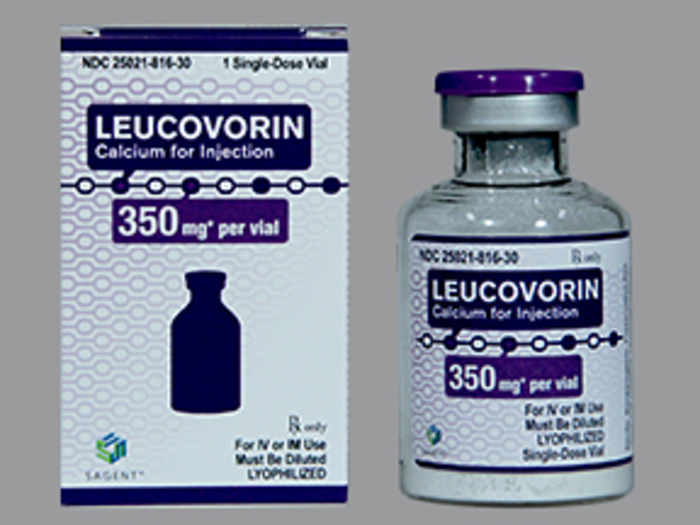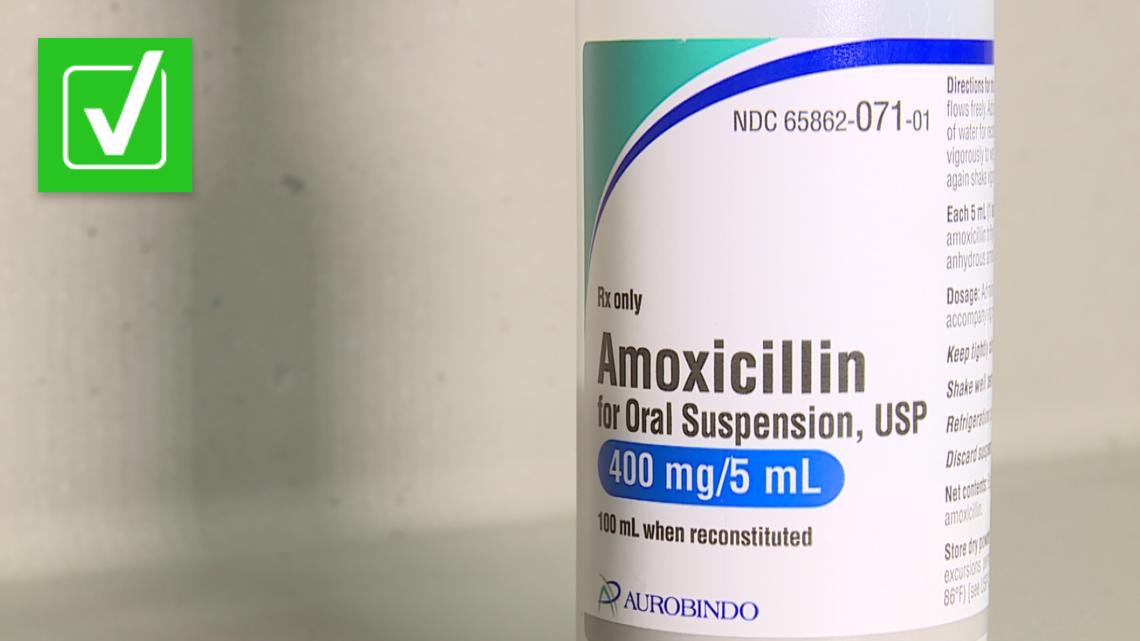As a parent, seeing your child struggle with an asthma flare-up is always concerning. When a doctor prescribes a powerful medication like prednisone or prednisolone, it’s natural to have questions, especially about the dosage. The amount can sometimes seem large, leading to worry about your child’s safety. This guide from your trusted pediatrician aims to help you understand common dosage questions and feel more confident in your child’s care.
The Dosage Question: Milligrams vs. Milliliters
One of the most frequent sources of confusion for parents is the difference between the medication’s strength (measured in milligrams or “mg”) and the volume you need to administer (measured in milliliters or “ml”).
Let’s look at a common scenario: A doctor prescribes a 9 ml dose of prednisone intensol for a 6-year-old child with an acute asthma attack. The parent is worried that 9 ml seems like a large amount.
In this case, the key to understanding the dose lies in the medication’s concentration. The label on the bottle will specify how many milligrams (mg) of medication a certain volume of liquid (ml) contains. For example, a common concentration is “5 mg per 5 ml.” This means that a 5 ml dose contains 5 mg of the active medication. Using this information, we can determine that a 9 ml dose would contain 9 mg of prednisone (since 1 ml is equivalent to 1 mg in this concentration). A doctor would confirm that for a child with an acute asthma flare-up, a dose of 9 mg is well within the acceptable range and should be effective.
What Is Prednisolone and What Is it Used For?
Prednisolone is a type of corticosteroid, a cortisone-like medicine that works on the immune system to help relieve inflammation, swelling, and allergic reactions. Doctors use it to treat a wide range of conditions, but for children with asthma, they commonly prescribe it to reduce inflammation and swelling in the airways during an acute asthma attack. By helping to open up the breathing passages, it can provide significant relief and help your child recover more quickly.
It’s important to know that you can find prednisolone under various brand names in different dosage forms, including syrups, solutions, and tablets.
Key Information to Discuss with Your Pediatrician
Before your child begins a course of prednisolone, it is crucial to discuss their full medical history with your doctor. Make sure to mention:
- Allergies: Inform your doctor of any allergies your child has to medications, foods, dyes, or preservatives.
- Other Medical Conditions: Certain conditions can affect how your child reacts to prednisolone. Be sure to mention if your child has a history of diabetes, high blood pressure (hypertension), cataracts, glaucoma, or any existing infections (bacterial, viral, or fungal).
- Other Medications: Tell your doctor about all other medicines, supplements, or vitamins your child is taking. Certain drug interactions can affect the effectiveness of prednisolone or increase the risk of side effects.
Administering the Medication Correctly
The prednisolone dosage is carefully calculated by your pediatrician based on your child’s weight and the severity of their symptoms. It is vital to follow these instructions exactly as given.
- Take Exactly as Directed: Do not take more of it, more often, or for a longer time than your doctor ordered.
- Use a Dosing Tool: For oral liquids, always use the special oral syringe or dosing cup provided. A regular kitchen spoon is not accurate and can lead to an incorrect prednisolone dosage.
- Take with Food: Giving the medicine with food can help prevent stomach irritation.
- Do Not Stop Abruptly: If your child is on prednisolone for a longer period, do not suddenly stop giving it without consulting your doctor. Your doctor may need you to slowly decrease the dose before stopping it completely to allow your child’s body to adjust.
What to Watch For: Common Side Effects
While short-term use of prednisolone is generally safe, it’s a good idea to monitor your child for any side effects. Some common side effects parents might notice include:
- Increased Appetite: This is one of the most common side effects, even with short-term use.
- Mood Changes: Some children may become more irritable, anxious, or have trouble sleeping.
- Slower Growth (with long-term use): If your child is using this medicine for a long time, tell the pediatrician if you think your child is not growing properly, as prednisolone can sometimes slow growth.
It is very important that you contact your doctor immediately if you notice any severe side effects, signs of infection (like a fever, chills, or sore throat), or if your child’s symptoms worsen.
Prednisolone Dosage & Administration Quick Reference
| Dosage Form | What to Know | Key Actions |
| Oral Solution / Syrup | Concentration varies (e.g., 5 mg/5 ml, 15 mg/5 ml). The total dose is in milligrams (mg), but you measure the volume in milliliters (ml). | Always use the provided dosing syringe. Check the label for concentration and convert ml to mg if you are unsure about the prednisolone dosage. |
| Oral Tablet (including disintegrating) | Tablets come in different strengths (e.g., 5 mg, 10 mg). Ensure you have the correct strength and count out the correct number of tablets. | Take tablets with food to prevent stomach irritation. Do not break or crush tablets unless your doctor says to. |
| Common Side Effect | What It Looks Like | What to Do |
| Increased Appetite | Child seems constantly hungry, wants more food than usual. | This is normal. Adjust meal sizes and provide healthy snacks as needed. |
| Mood Changes | Irritability, restlessness, anxiety, or difficulty sleeping. | Keep a calm, soothing environment. If symptoms are severe or persistent, contact your pediatrician. |
| Stomach Upset | Nausea, indigestion, or stomach pain. | Ensure the medication is taken with food or milk. If it persists, call your doctor. |
Frequently Asked Questions
Yes, for most purposes, they are very similar. Prednisone is converted to prednisolone by the liver, so they are often used interchangeably in treatment.
No. If you miss a dose, give it as soon as you remember. However, if it is almost time for the next dose, skip the missed dose and return to the regular schedule. Never double up on a dose.
Prednisolone usually starts to reduce inflammation within a few hours, but it may take 1-2 days to see the full effect and significant improvement in your child’s breathing and coughing.
A doctor individualizes the dosage based on the child’s weight, the severity of the asthma attack, and other medical factors.
We highly recommend giving this medication with food or milk to minimize stomach irritation.
Short-term courses of corticosteroids for acute conditions like asthma are generally considered safe and highly effective. The risks of long-term use (which can include slowed growth and bone issues) are why this medication is not for daily, long-term use in most cases.
Store the medicine in a closed container at room temperature, away from heat, moisture, and direct light. Do not freeze it. Keep it out of reach of children.
If your child throws up immediately after taking the medicine, contact your doctor for advice on whether you should give another dose. Do not assume you should repeat it without medical guidance.
Yes. Prednisolone is used to treat a wide range of conditions that involve inflammation or immune system issues, including allergies, arthritis, skin conditions, and certain blood disorders.
You should contact your pediatrician immediately. If the medication is not working, it may indicate that the asthma flare-up is more severe than anticipated and requires a different treatment plan.
The Bottom Line for Your Child’s Health
Understanding your child’s medication is a crucial part of their care. When it comes to powerful and effective drugs like Prednisone and Prednisolone, knowledge is your best tool. Always remember to clarify dosage instructions with your doctor, use the right tools for measurement, and keep an eye on your child’s response. Your pediatrician is your partner in this process, and open communication ensures your child receives the safest and most effective care.
For more helpful information, feel free to visit our main blog page and other resources:
- Beverly Hills Pediatrician Home
- Our Blog
- Schedule an Appointment
- Contact Us
- Learn About Our Concierge Medicine Services
Disclaimer: This information is intended for general guidance only and is not a substitute for professional medical advice. Always consult with a qualified healthcare provider for any health concerns or before making any decisions related to your child’s medical treatment.




